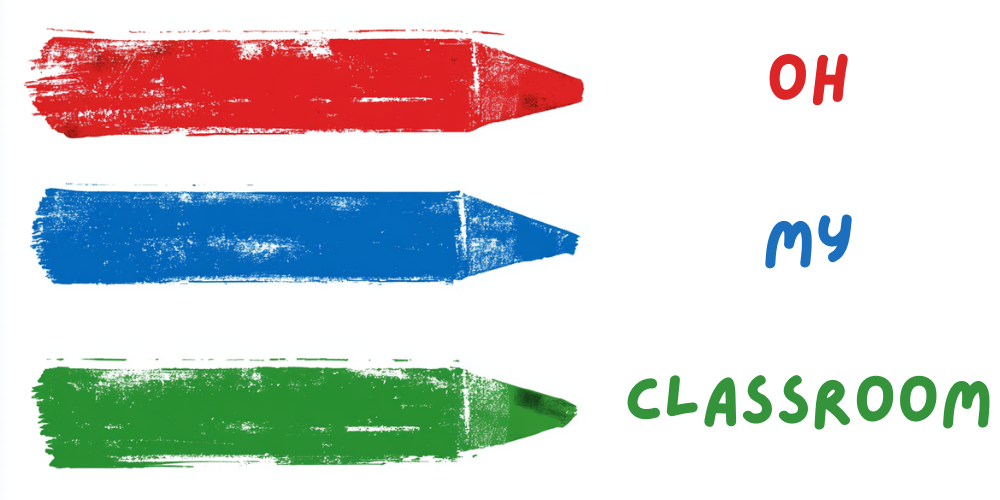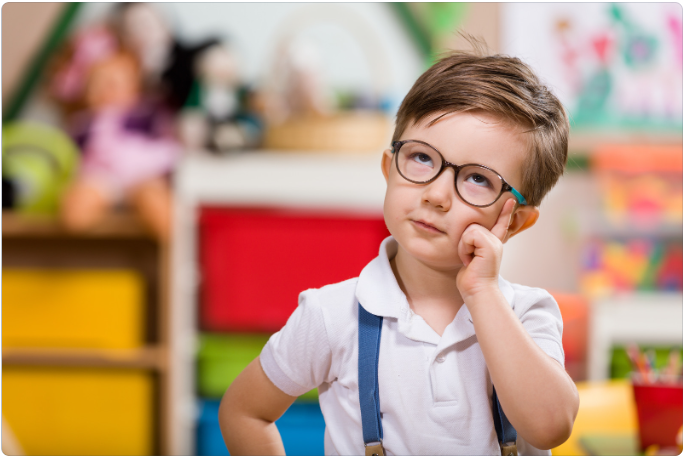Starting a new school year can be an exciting and sometimes overwhelming experience for preschoolers.
It’s a time filled with anticipation, new friends, and opportunities for learning and growth.
That’s why we’ve put together a list of the best beginning of the year activities for preschool.
These activities are not only fun and interactive but also designed to help children transition smoothly into the classroom, develop social skills, and ignite their curiosity for learning.
Name Tag Creations:
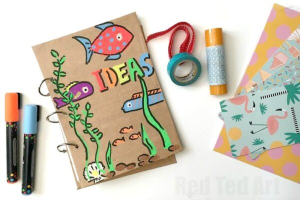
One of the first activities you can introduce to your preschoolers is creating personalized name tags. Provide each child with a blank name tag and a variety of art supplies like markers, stickers, and glitter. Encourage them to decorate their name tags using their favorite colors and designs. This activity not only helps children become familiar with their own names but also promotes self-expression and a sense of ownership within the classroom. Plus, the name tags can be proudly worn by the children throughout the first few weeks of school, allowing them to confidently interact with their peers and teachers.
All About Me Collage:
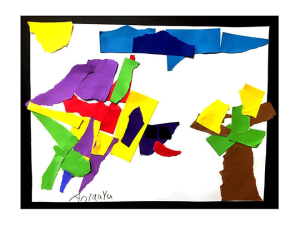
The beginning of the school year is a perfect time for children to share more about themselves with their classmates. Set up an “All About Me” collage activity where each child can create a unique artwork showcasing their interests, hobbies, and favorite things. Provide magazines, construction paper, scissors, glue sticks, and markers. Encourage children to cut out pictures and words that represent them and arrange them on construction paper. This activity not only sparks creativity but also promotes self-awareness and self-esteem. It’s a wonderful opportunity for children to celebrate their individuality while also learning about their peers’ unique characteristics.
Related: 16 Creative Rice Sensory Play Ideas for Kids
Friendship Bracelet Making:
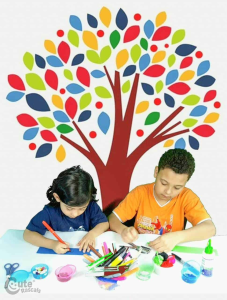
Building relationships and friendships is an essential part of the preschool experience. Introduce a friendship bracelet making activity to encourage children to connect with their classmates. Provide a variety of colorful yarns, beads, and other embellishments. Teach them simple braiding or knotting techniques to create bracelets. Encourage children to make bracelets for themselves as well as for their friends. This activity promotes fine motor skills, creativity, and teamwork. It also fosters a sense of belonging and camaraderie among the children as they exchange and wear their friendship bracelets throughout the year.
Classroom Scavenger Hunt:
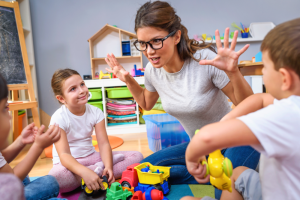
Familiarizing preschoolers with their new classroom environment is crucial for their comfort and confidence. Organize a fun classroom scavenger hunt to help children explore their surroundings while engaging in an exciting activity. Create a list of items or places within the classroom for the children to find. These can include the reading corner, art supplies, or the number chart. Provide them with clues or visual prompts to guide their search. This activity not only promotes spatial awareness and observational skills but also helps children feel more at home in their new learning environment.
Related: 20 Welcome Door Decoration Ideas for Preschool
Playdough Exploration:

Playing with playdough is a classic activity that never fails to capture the attention and imagination of preschoolers. Set up different playdough stations with various colors and tools like cookie cutters, rolling pins, and plastic utensils. Encourage children to freely explore and manipulate the playdough, allowing them to shape and mold it as they wish. This open-ended activity promotes sensory development, fine motor skills, and creativity. It also provides an opportunity for children to engage in imaginative play and express their ideas and stories through their playdough creations.
Sensory Bin Exploration:
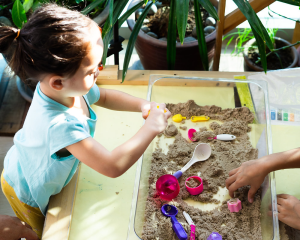
Sensory bins provide a fantastic opportunity for preschoolers to engage their senses and explore different textures and materials. Fill large bins with materials like colored rice, sand, or water beads. Add various scoops, funnels, and small toys for children to manipulate and play with. Encourage them to use their hands and tools to dig, pour, and sift through the sensory bin. This activity not only stimulates sensory development but also enhances fine motor skills, language development, and imaginative play.
Storytime Circle:
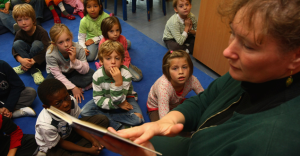
Gather the preschoolers in a cozy circle and introduce the joy of storytelling. Select age-appropriate books that revolve around themes like starting school, making friends, or exploring new environments. As you read aloud, engage the children by asking questions, encouraging predictions, and discussing the characters and events. This activity promotes language skills, listening comprehension, and critical thinking. It also creates a sense of community as the children bond over shared stories and experiences.
Shape Hunt:
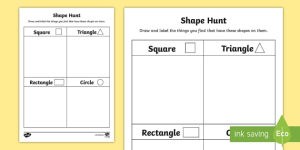
Help preschoolers develop their shape recognition skills by organizing a shape hunt activity. Create laminated shape cards featuring common shapes like circles, squares, triangles, and rectangles. Scatter various objects around the classroom or school that correspond to the shapes on the cards. Give each child a card and encourage them to find objects that match their shape. This activity not only reinforces shape identification but also encourages observation, problem-solving, and gross motor skills as they search for objects.
Color Sorting:
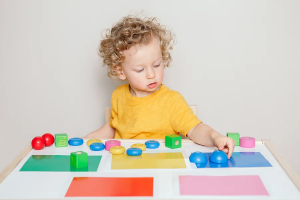
Color sorting is a simple yet effective activity to introduce preschoolers to colors and help them develop their sorting and categorization skills. Provide a variety of objects or pictures in different colors and give each child a sorting tray or mat with color labels. Instruct the children to sort the objects or pictures onto the corresponding color area. This activity enhances color recognition, fine motor skills, and cognitive development. It also fosters organization and attention to detail.
Nature Walk and Leaf Collage:
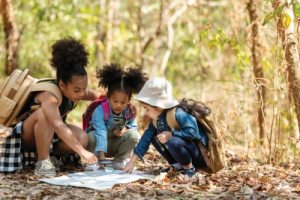
Take advantage of the beautiful outdoors by organizing a nature walk with your preschoolers. Explore the school grounds or a nearby park, guiding the children to observe and collect fallen leaves of different shapes, sizes, and colors. Once back in the classroom, provide each child with a large piece of construction paper and glue. Encourage them to arrange and stick the leaves onto the paper to create a unique leaf collage. This activity promotes nature appreciation, fine motor skills, creativity, and a connection with the natural world.
Playful Math Manipulatives:
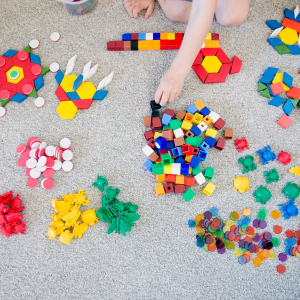
Introduce preschoolers to early math concepts through hands-on activities with math manipulatives. Set up stations with items like counting bears, colored blocks, or number puzzles. Encourage children to explore and play with these manipulatives, sorting them by color, size, or quantity. You can also incorporate counting and simple addition or subtraction activities. This interactive approach to math sparks curiosity, develops numeracy skills, and lays the foundation for future mathematical understanding.
Puppet Show:
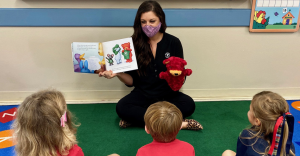
Create a delightful puppet show experience to engage preschoolers in imaginative play and storytelling. Designate a puppet theater area and provide a variety of puppets, props, and a simple stage. Encourage children to work in small groups or pairs to develop their own stories and act them out using the puppets. This activity promotes creativity, language development, social interaction, and confidence-building. It’s a wonderful way for preschoolers to express their ideas and collaborate with their peers.
Bubble Fun:
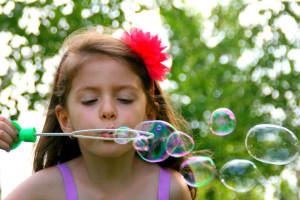
Bring some bubbly excitement to the beginning of the year with a bubble-themed activity. Set up a bubble station with bubble solution and wands of different shapes and sizes. Allow preschoolers to blow bubbles, chase them, and even try catching them on bubble wands. This activity enhances gross motor skills, hand-eye coordination, and sensory exploration. The joy and wonder of bubbles create a lighthearted and playful atmosphere, fostering a positive classroom environment.
Musical Exploration:
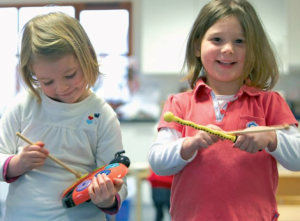
Introduce preschoolers to the world of music through a variety of instruments and sounds. Create a music corner with a collection of child-friendly instruments like drums, xylophones, shakers, and bells. Encourage children to explore and experiment with the instruments, producing different rhythms and melodies. You can also incorporate movement and dance activities to accompany the music. This activity promotes creativity, fine motor skills, auditory discrimination, and an appreciation for music and movement.
Outdoor Scavenger Hunt:
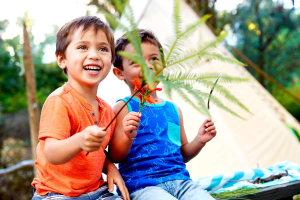
Take the learning outside with an engaging outdoor scavenger hunt. Create a list of items for children to find in the schoolyard or nearby outdoor area. These can include natural objects like leaves, rocks, or flowers, as well as man-made items like a red door or a yellow sign. Provide each child with a checklist or pictures to mark off the items as they find them. This activity not only encourages observation and exploration but also strengthens connections with the natural environment and fosters a sense of adventure.
Sensory Nature Collage:
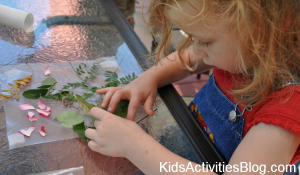
Combine sensory exploration with art by creating a sensory nature collage. Take the preschoolers on a nature walk to collect various natural materials such as leaves, flowers, twigs, and pinecones. Provide each child with a large piece of paper and glue. Encourage them to arrange and stick the natural materials onto the paper, creating a unique collage. This activity stimulates creativity, fine motor skills, and sensory awareness, while also fostering a deeper connection with the natural world.
Science Experiment:
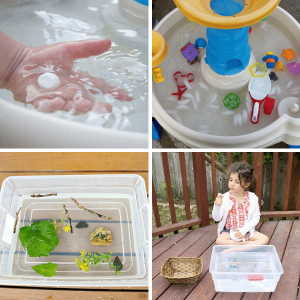
Sink or Float: Introduce basic scientific concepts through a sink or float experiment. Fill a large container with water and gather a variety of objects with different densities, such as plastic toys, wooden blocks, and metal spoons. Have the preschoolers predict whether each object will sink or float and then test their predictions by placing the objects in the water. Encourage them to observe and discuss the results. This activity promotes critical thinking, prediction skills, and scientific inquiry, all while having fun with water!
Dramatic Play Center:
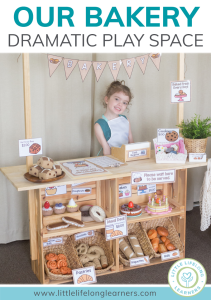
Pretend Bakery: Create a pretend bakery in the dramatic play center, complete with play food, aprons, chef hats, and a cash register. Invite the preschoolers to take on the roles of bakers, customers, and cashiers. Encourage imaginative play as they bake and decorate delicious treats, take orders, and engage in pretend transactions. This activity enhances social skills, creativity, and language development, while also fostering an understanding of roles and responsibilities in a real-world context.
Yoga and Mindfulness:
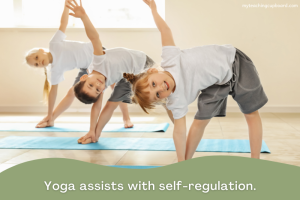
Introduce preschoolers to the benefits of yoga and mindfulness through simple and age-appropriate activities. Lead them through gentle stretches, yoga poses, and deep breathing exercises. Incorporate storytelling and imagination into the practice, encouraging them to embody different animals or characters. This activity promotes self-regulation, body awareness, relaxation, and emotional well-being. It’s a wonderful way to help preschoolers develop mindfulness and self-care strategies from an early age.
Community Helpers Exploration:
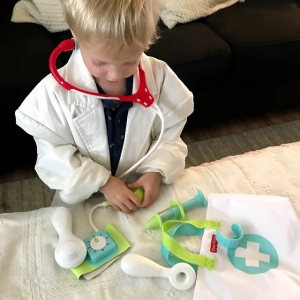
Engage preschoolers in learning about community helpers and the roles they play in society. Set up different stations representing various community helpers such as doctors, firefighters, and police officers. Provide related props and costumes for children to dress up and pretend to be different helpers. Encourage role-play, discussion, and exploration of the tools and equipment used by each helper. This activity promotes social awareness, empathy, and an understanding of the roles and responsibilities within a community.
